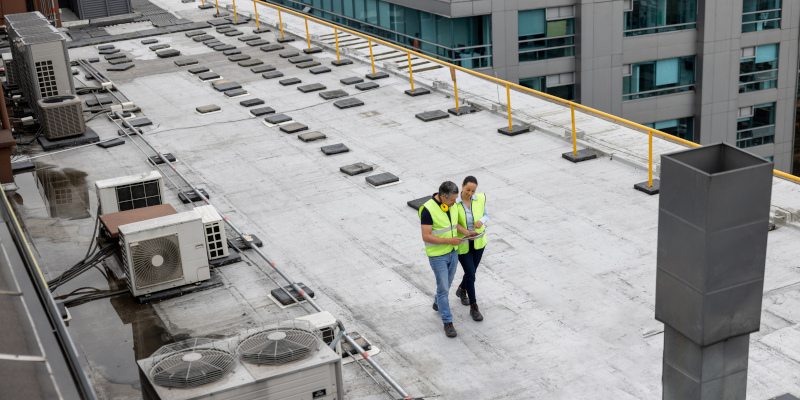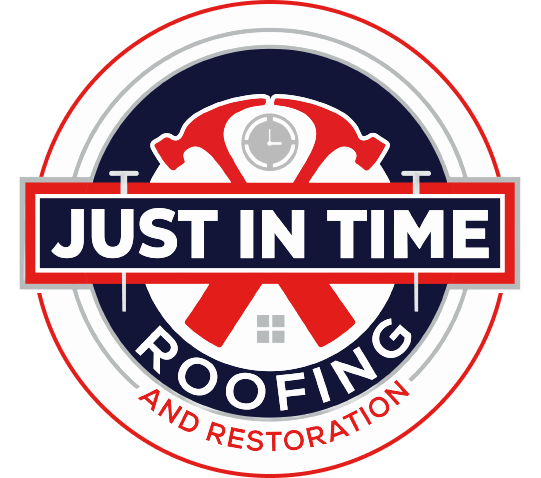A commercial roof inspection is an important aspect of keeping your building structurally sound and preventing costly repairs. Whether it’s routine maintenance, a warranty requirement, or a response to damage, adequate planning can make the process go more smoothly and effectively.

Here’s what business owners should do to prepare:
- Plan Strategically: Choose a time that will minimize disturbances to your business activities. A commercial roof inspection should ideally take place during dry weather and daylight hours to ensure visibility and safety.
- Clear Roof Access: Make sure that the roof access point—such as ladders, hatches, or stairways—is safe and unobstructed. If required, move any equipment, debris, or merchandise that may block the path.
- Provide Documentation: Prepare records, such as previous inspection reports, repair histories, warranties, and roof plans. These documents assist inspectors in determining the roof’s age, materials, and identified problem areas.
- Remove Debris and Obstructions: If it is safe to do so, remove any debris from the roof’s surface, including leaves and branches. This enhances safety and allows the inspector to examine the roofing material and drainage systems without interference.
- Prepare Questions and Concerns: Be ready to point out any leaks, pooling water, or other issues that you have noticed. Your feedback can assist the inspector in focusing on specific trouble points.
Proper preparation not only expedites the commercial roof inspection process but also ensures a thorough evaluation. By taking these proactive precautions, business owners can protect their investment, extend the life of their roof, and confidently plan repairs or replacements.
